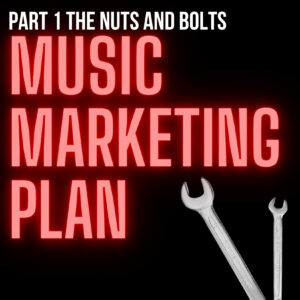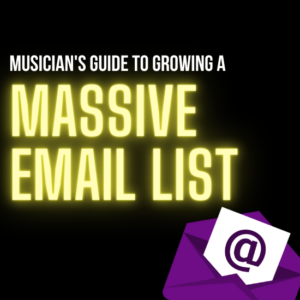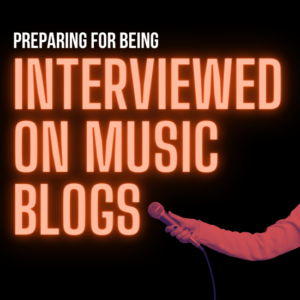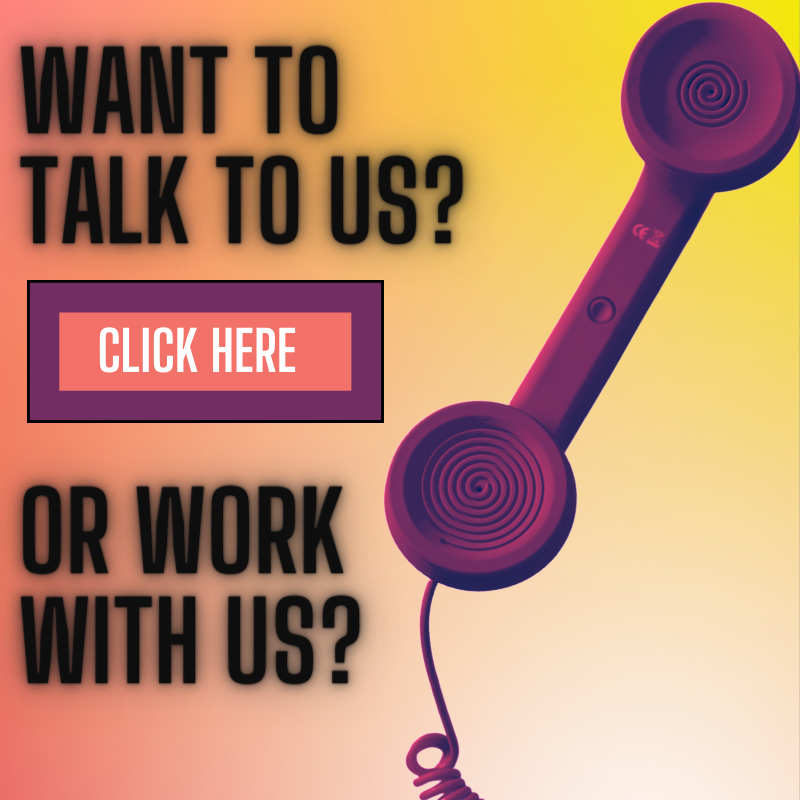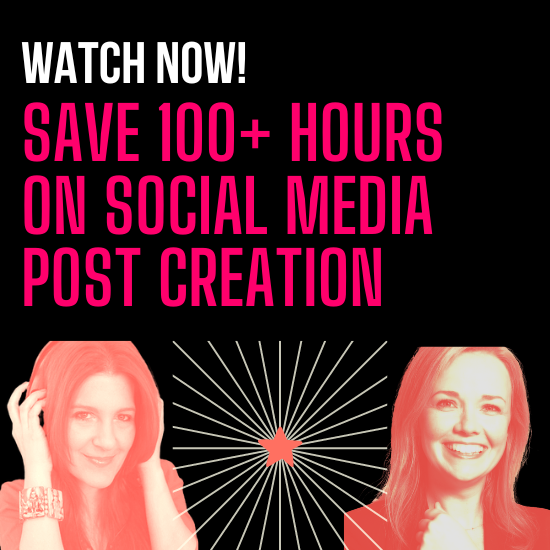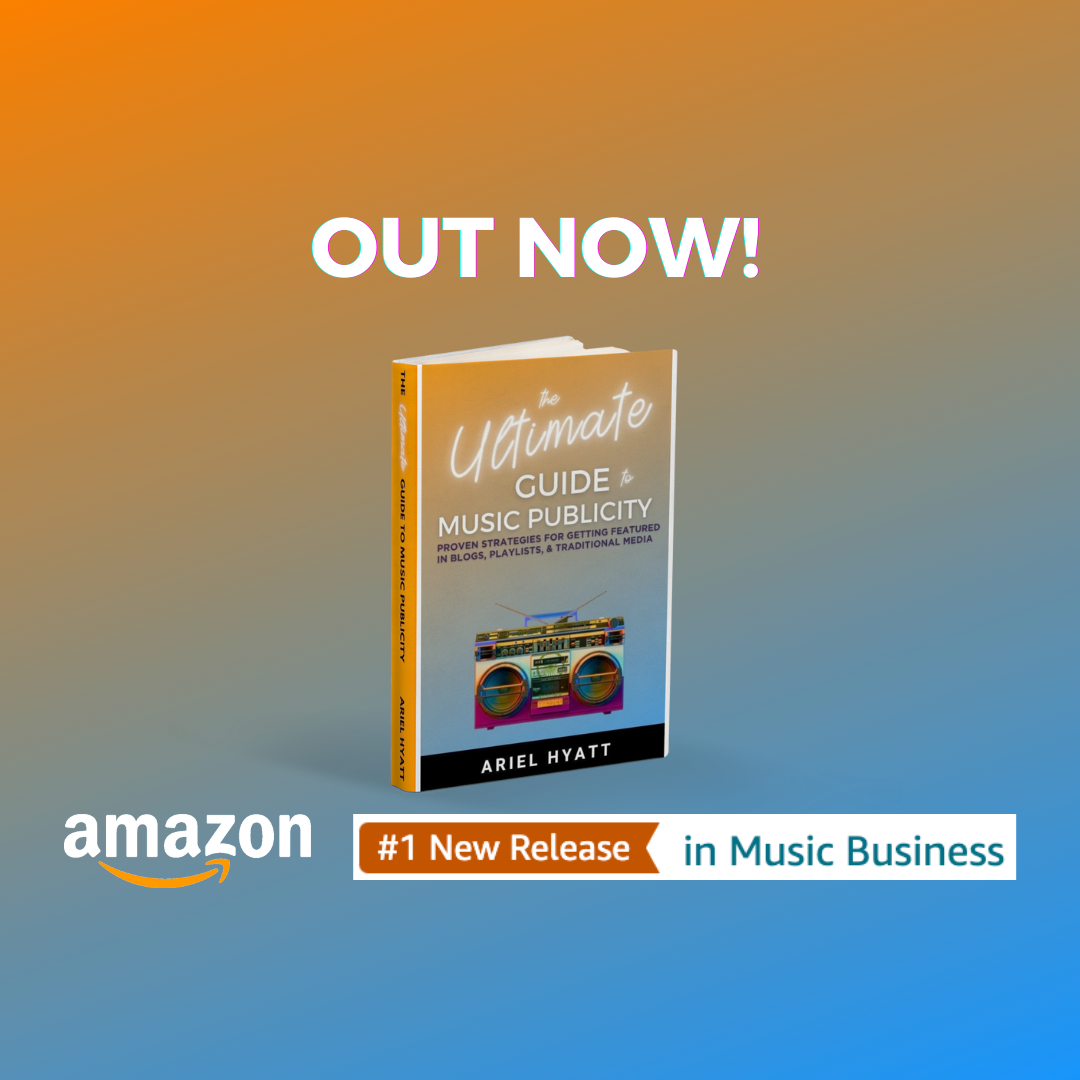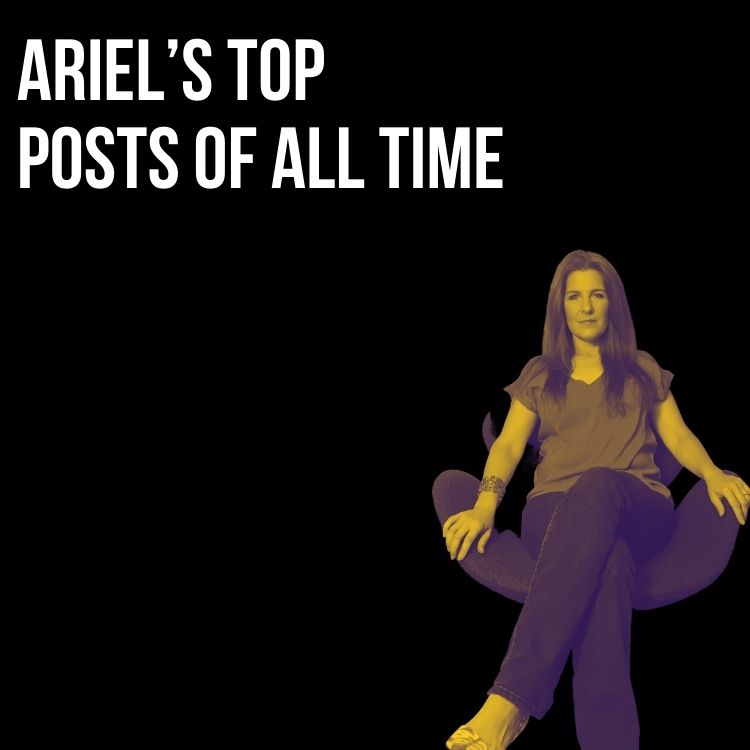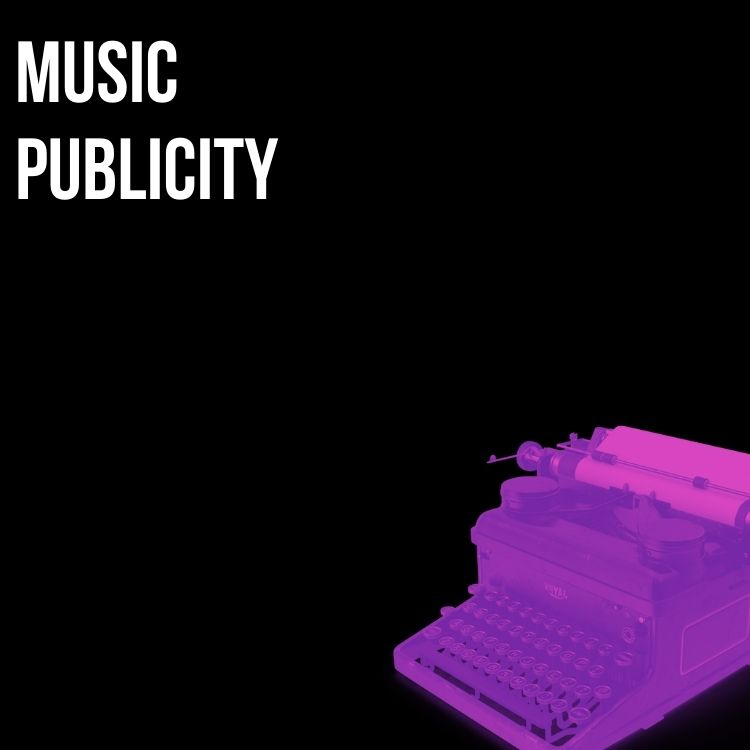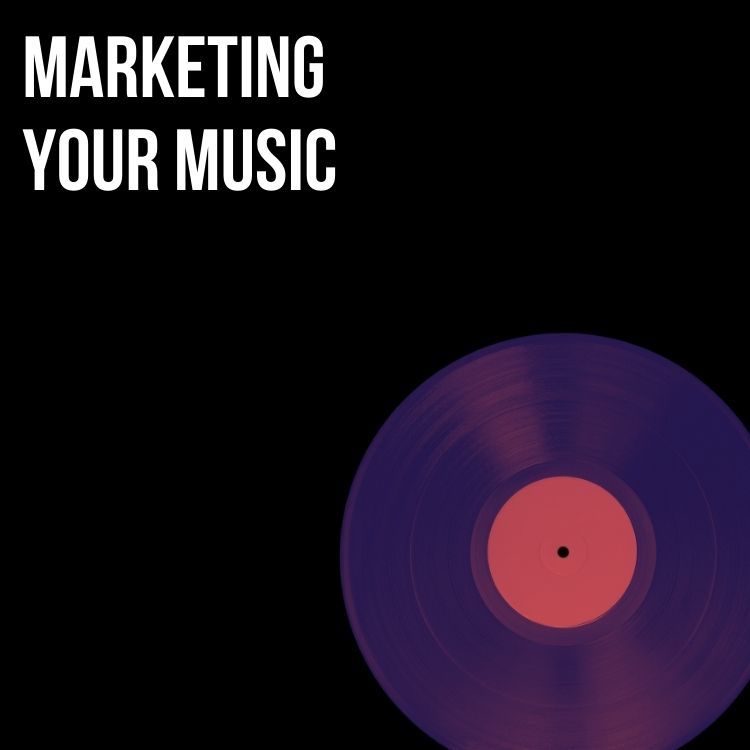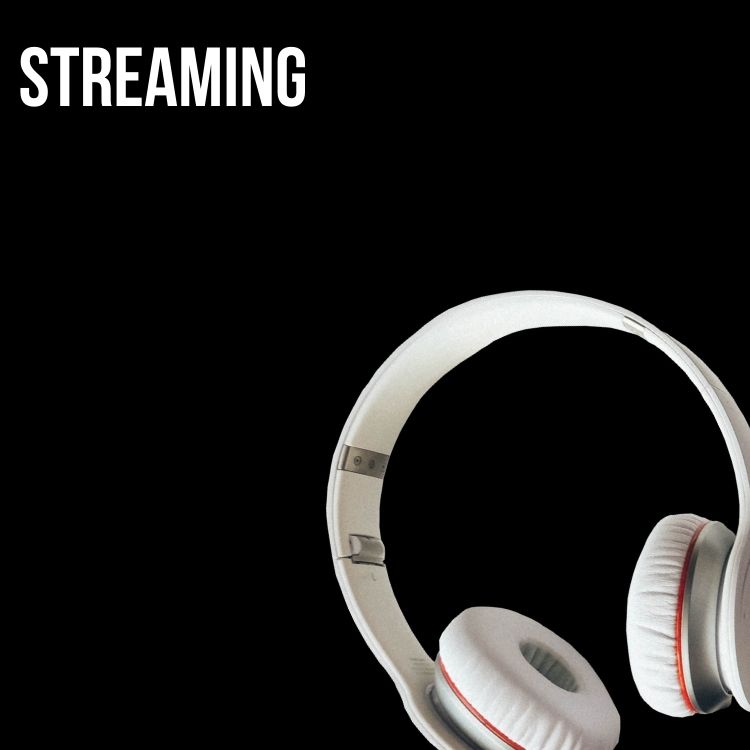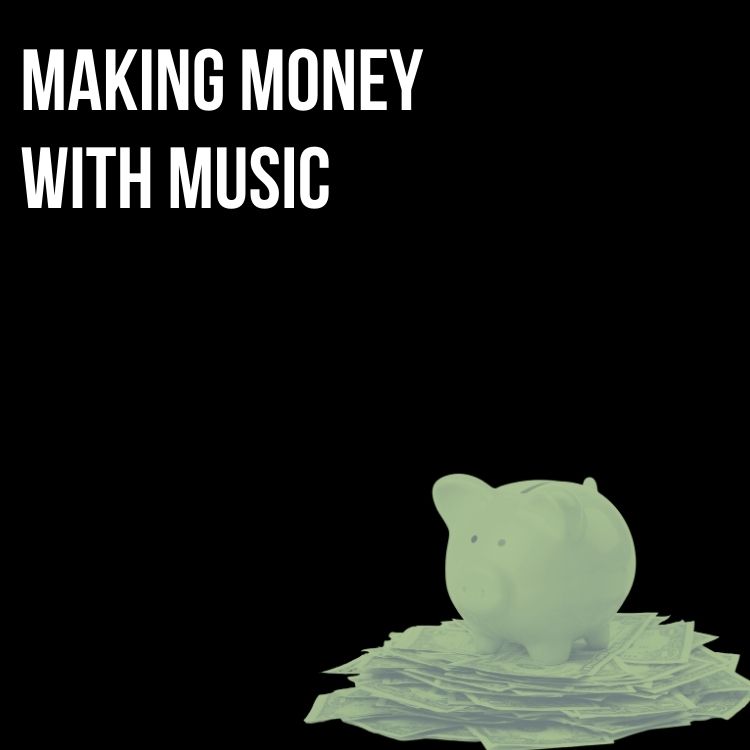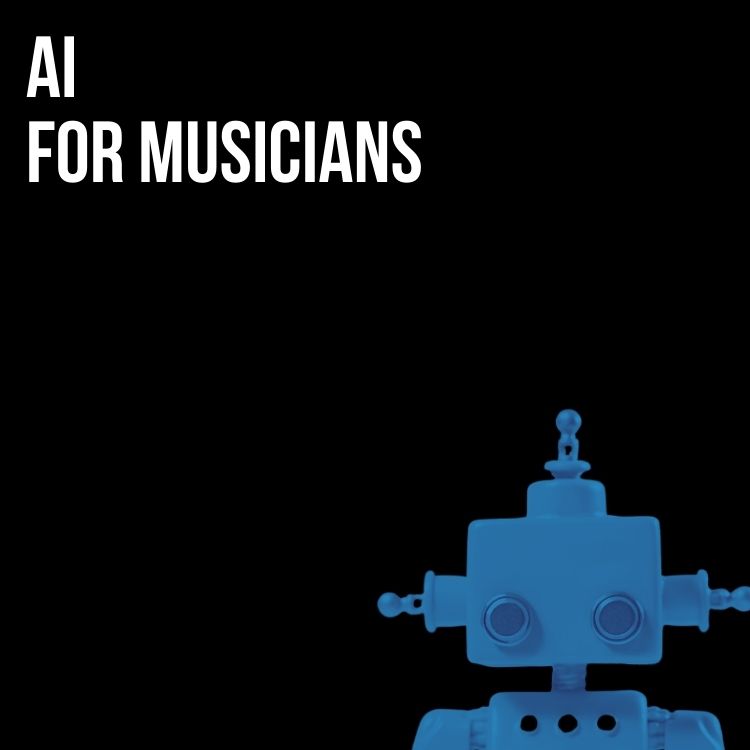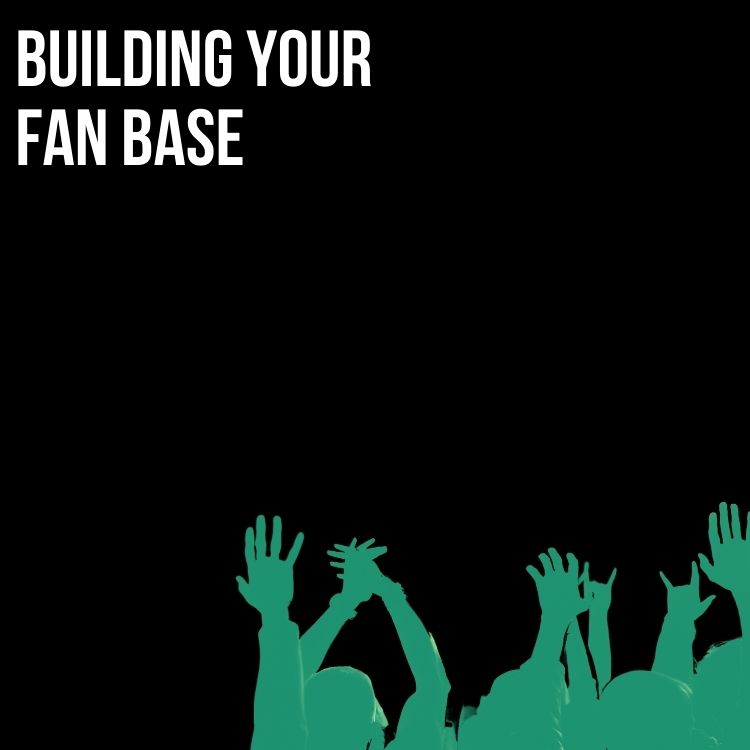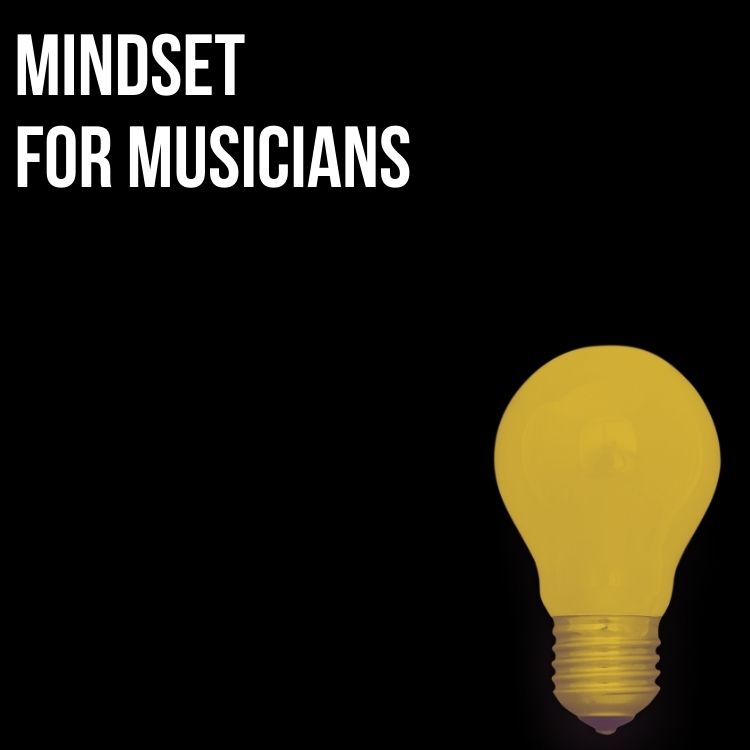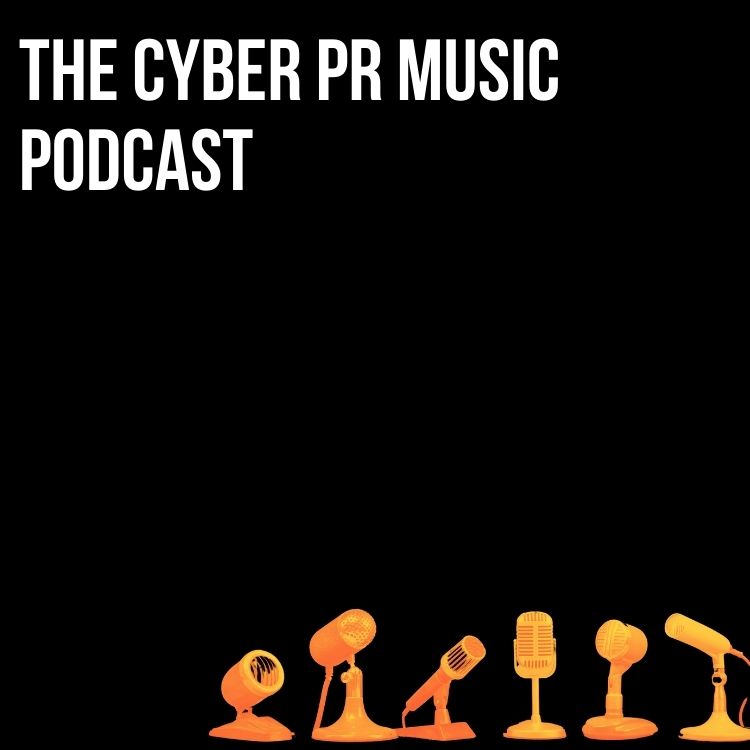 Deirdre Breakenridge author of “Putting the Public Back in Public Relations” explains why you may be mystified if you are Still Blasting Out Press Releases & Stuffing Envelopes … Welcome to PR 2.0
Deirdre Breakenridge author of “Putting the Public Back in Public Relations” explains why you may be mystified if you are Still Blasting Out Press Releases & Stuffing Envelopes … Welcome to PR 2.0
If you haven’t already heard, Public Relations has changed forever. If you are still trying to get the word out about your music by writing press releases and blasting them out, or by stuffing hundreds of envelopes and mailing them to names on a “media list” I urge you to take a few minutes to read this interview.
It is both an honor and a privilege to have had the opportunity to interview the unstoppable Deirdre Breakenridge who’s books PR 2.0 & “Putting the Public Back in Public Relations,” (co-authored by Brian Solis) have given me chills on many pages. I asked Deirdre to talk to me from the perspective of the music business and she delivered the goods
Ariel Hyatt: What is PR 2.0 and how is it different from regular PR?
Deirdre Breakenridge: PR 2.0 is a new approach. It’s the true convergence of public relations and the Internet, which creates a new breed of PR/Web marketers. We’re moving away from a broadcast model of pushing messages (top down) out to the market. Today, through PR 2.0, brands are able to use this new and better approach of listening directly to conversations in web communities and then engaging directly in dialogue with influencers/citizen journalists and customers. This is a very effective bottom up strategy, which enables PR professionals to develop customized stories and provide a brand’s public(s) with meaningful and relevant information through conversations. Of course, PR has always been about building relationships with various groups of stakeholders. Through PR 2.0 and social media communications, we are able to connect and build even stronger bonds that lead to long term value for a brand.
AH: Can you explain why writing a press release and blasting it out won’t work in today’s new online world?
DB: In the past, PR people would create a press release for a brand and then distribute the announcement over a wire service or blast it out to a large database of contacts. It’s a “throw it up against the wall and see if it sticks” type of effort. It’s not a targeted approach and, in more cases than not, if the journalist does not have a relationship with you, the release is overlooked or discarded. Press releases do not build relationships they are just tools. And, online, people are looking to connect in their communities with other like-minded people. It’s the people who build relationships and not the tools or technology that we use. If you are only blasting out press releases, then you are missing out on a tremendous opportunity to connect with people directly and to build a strong, loyal following through social media.
There are several common mistakes, as simple as they may seem. They include:
Don’t make the media search for you. I’ve noticed that many people doing their own PR programs inadvertently omit contact from important PR and marketing tools. As easy as this may sound, contact information, including an email address, telephone numbers, and even MySpace, Facebook and Twitter handles are excluded from important materials. The most common place that is overlooked is on a news release or in a newsroom (where contact information should be plastered on every page).
No additional materials or presence on the web. When someone finds you and makes that initial connection, you need to provide them with more information. For example, when you are at a concert or social gathering you should have a postcard or a flyer about your next event, or even just a business card to hand out. When someone learns about you and then goes on the Web, this could mean not being prepared with a website or a newsroom. You need a place where a person, interested in finding out more about your music, will be able to find a backgrounder on you and your band, information about your music, a concert calendar or samples of your body of work. Once you’ve captured someone’s attention, it’s important not to lose their interest. Having additional information will keep you top of mind.
Updating and maintaining your contacts. It’s imperative that when you make a “friend” in a journalist that you make a friend for life. Following up with that person, after initial contact, is important. You need to provide them with helpful information, touch base every so often to see if they need anything, offer relevant resources to build their stories, keep their contact information updated (should they move to another news outlet) and even just call to say, “Thank you for the great review.” I recommend investing in a software platform that enables you to manage your contacts and interact with them regularly and also allows them to access great information easily.
Not doing your media or blogger homework. If you are doing PR on your own, it’s critical that you take the time to research your influencer (whether it’s a journalist or a blogger), see what topics this person finds interesting, review any recent conversations he/she is having in social communities and get a feel for his/her personality before you connect. To avoid just jumping into a conversation too quickly or pitching inappropriately, you can set up searches using Google Alerts, search.twitter.com, BackType and Collecta. These searches will allow you to monitor the conversations and to listen carefully. You can also check out your influencer’s blogs for recent posts or and to review community member comments. For a minimal time investment, you will be able to offer meaningful information, build a better relationship and be viewed as a valuable resource by your influencer.
AH: I’m in a new band just starting out, and I have a Myspace, a Facebook, a Facebook fan page, and a Twitter account. How do I use these effectively from a PR standpoint?
DB: Using social networks are great so that you can listen to conversations and be there to share information that is valuable to groups of people that you want to become a part of your community. MySpace, Facebook and Twitter are good networks to keep fans in the loop of your concerts, new music, activities, and to give them a better picture of you and your personality. This allows your fans to connect with your personal brand. These networks are also very valuable because you have the ability to watch what not only your fans are doing, but what their friends are doing and saying as well, and how they interact with each other. This is the best form of research. It will tell you what kind of music they like, what events they prefer and how they want you to communicate with them.
As you interact and share your music, you then have the opportunity to connect and drive people back to your own website to become an active part of your music community. On your own site, they can engage more and become loyal fans that purchase and recommend your music. You’ve taken a new one-on-one approach, which through PR 2.0 turns into one-to-many communication on your behalf. Your fans are your greatest brand ambassadors and as they talk about you to their many friends, your brand and music becomes viral in the social media landscape.
AH: Artists call Cyber PR all of the time completely overwhelmed by social media. They do not want to do their own and they want other people to manage their social media presence for them. Is this a good idea?
DB: Social media can definitely be overwhelming, but I’m not a big fan of having other people manage your social media presence. I believe that you have to be completely transparent in web communities, and, therefore, when you are blogging, posting comments and sharing information, it’s really you. Fans want to connect with musicians, not their PR people or social media managers. However, you can get some help from your publicist who can manage and post content on your fan pages, monitor conversations and suggest ways in which you can engage better with your fans, and most of all find more great connections for you. However, when it comes to the conversations with people, you really have to do this yourself. The more time you put into a relationship with your fans, the more you will get out of it. Then, you will see your fan base grow at rates that can’t be achieved traditionally.
AH: Are there any part of social media you think can be effectively outsourced?
DB: You can outsource the monitoring of the conversations and also you can get assistance with building social tools for PR campaigns that build and grow your community. For example, Social Media Releases (SMR) are great for interactive, collaborative and sharing of stories about you’re music and concerts. The SMR template allows you to incorporate video, mp3, images, links to other resources, bookmarking and a number of social network sharing tools. A publicist should be able to help you to organize the material, get the news part of the SMR into an easy and digestible format, and work with you to post the release for your music community to share. I’ve written a couple of blog posts on the traditional news release vs. the SMR and the results of the SMR, which can be very effective.
AH: Do you think that a band or a music business brand has any chance of building an audience without using social media?
DB: I do believe that a music business brand or a band will still use traditional channels to build awareness and for credible third party endorsements. However, if the music business or band chooses not participate in social media, it is missing out on a tremendous opportunity to connect with consumers, media, bloggers, and other interested parties in social networks. You can use social media to quickly showcase talent whether it’s through sharing video clips or podcasts. Social media expands a business’ reach to people who have the potential to become loyal enthusiasts and want to learn more about an artist’s music or business offering. I use the recent example of Dave Carroll and his video, United Breaks Guitars. Dave has now propelled his reputation and his band’s music to a worldwide stage. His YouTube video shared a situation that occurred when he and his band were on a trip from Nebraska to Chicago. The enthusiasm and passion that the video ignited simply would not have happened through traditional media, or it would have taken a lot longer.
About Deirdre K. Breakenridge
Deirdre K. Breakenridge is President, Executive Director of Communications at PFS Marketwyse. A veteran in the PR industry, Deirdre leads a creative team of PR and marketing executives strategizing to gain brand awareness for their clients through creative and strategic public relations campaigns. She counsels senior level executives at companies including Hershey’s, Infineum, JVC, Kraft, Michael C. Fina, and Secure Horizons.
Deirdre is an adjunct professor at Fairleigh Dickinson University in Madison, New Jersey where she teaches courses on Public Relations and Interactive Marketing for the Global Business Management program. She recently finished her fourth Financial Times business book, “Putting the Public Back in Public Relations,” co-authored by Brian Solis. She has also authored: “PR 2.0, New Media, New Tools, New Audiences,” “The New PR Toolkit” and “Cyberbranding: Brand Building in the Digital Economy.”
Deirdre speaks publicly on the topics of PR, social media communications and brand building and is a contributing editor of TechConnect, PRSA’s Technology Newsletter and also blogs about PR 2.0 Strategies.
Subscribe for more!
Back to The Blog


